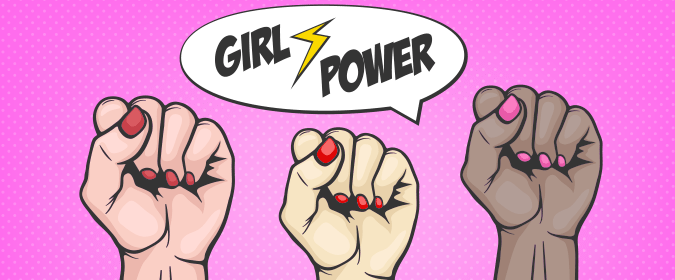
Have you ever been the only woman journalist in the room? Have you ever attended a panel on the future of journalism and realized not a single woman was onstage? If you answered yes to any of these questions, congratulations! You’re cognizant of the underrepresentation of women in the media! And you’re also like me and many other women journalists struggling to be noticed in a male-dominated industry.
According to the American Society of News Editors, women make up approximately 39 percent of newsroom employees; however, they make up only about 15 percent of the staff at daily newspapers (and they’re just over 30 percent of the staff at news websites). When it comes to newsroom leadership, women fill only 38 percent of the top spots. And yet, this is progress. Those numbers are up from 2016 by almost a full percentage point in most cases, and considering women have only been working as journalists for about 200 years, we’ve come quite far. It is also impressive when you consider how long it’s taken us to gain anything close to equality in other fields.
Take, for example, computer programmers. Some of the first and best coders were women, but now the tech industry is dominated by men and you’d be hard-pressed to find anyone who could tell you the names of those groundbreaking women. In journalism, at least we know our foremothers. We tell you about Nellie Bly’s exceptional undercover investigative reporting, and we know about Jane Grey Swisshelm’s brilliant political reportage in the mid-1800s. We know Margaret Fuller and her reign over international news, and sports writers likely even know Ina Eloise Young, allegedly the first (and only) female sports editor in 1907.
What happened, though, that we don’t have the same reverence for women journalists of our own era? Can you name a woman writer from your local paper? Who was the last woman you read online? Chances are, readers don’t know the women. Sure, they can name women like Margaret Sullivan and Katy Tur and Christiane Amanpour, but they probably can’t tell you the last thing those women reported on, and they’re some of the biggest names in journalism. When it comes to the women toiling away writing local news and covering the issues that matter most in our everyday lives, most of us probably can’t name the reporters responsible for those key stories.
I remember being the only woman on my college newspaper editorial board, and having to fight twice as hard and be twice as loud to have my voice heard. There were, in my four years, only a small handful of girls who showed up to write for our sports section, and just a few more who were willing to take on the news.
Why does this matter? Women make up approximately 51 percent of the global population, yet are 39 percent of the newsroom. That’s underrepresentation. And as we discussed during Black History Month, underrepresentation hurts everyone. It not only skews how we look at the news, but it affects who goes into the news business later. If young women and minorities don’t see their stories being told and don’t see people who look like them telling those stories, then they won’t see a future for themselves in our industry.
Because we don’t want that to happen and because we want to highlight the women in our industry who are working to represent women in the field, the Alliance will spend the month of March — Women’s History Month — featuring their stories and those of others who are going out of their way to bring other women into the fold and helping their sister news junkies get a start in the business. We’ll be chatting with groups like the Association of Women in Sports Media, the Women’s Media Center and the International Women’s Media Foundation, as well as journalists and news business professionals, to share what it’s like being a woman in the media in 2018.
And if you know any brilliant media women who you think we should be talking to, let us know! You can email jennifer@newsmediaalliance.org or tweet @NewsAlliance with any recommendations.
